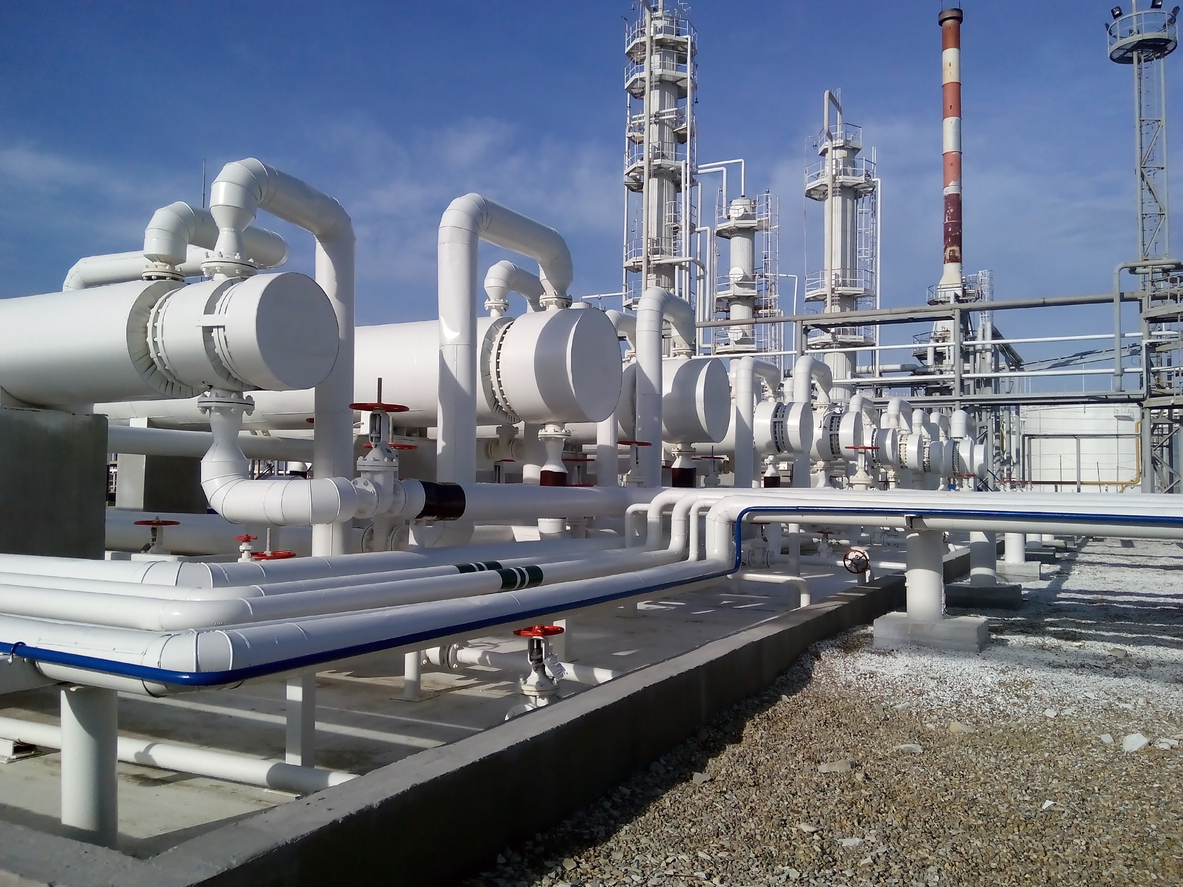
Image Source – Google
Ion exchange resins play a crucial role in various industries, from water treatment to pharmaceuticals to food and beverage production. But have you ever wondered how these specialized materials are manufactured? In this article, we will take a behind-the-scenes look into the operations of an ion exchange resin manufacturer to understand the intricate process of creating these essential products.
At the heart of every ion exchange resin manufacturer is a state-of-the-art production facility where raw materials are transformed into high-quality resin beads. The process begins with the selection of the right raw materials, which typically include polystyrene or polyacrylic beads, crosslinking agents, and functional groups. These materials are carefully measured and mixed together in precise proportions to create a uniform resin mixture. If you are looking for ion exchange resin manufacturer services then you may navigate to this link https://zibosuyuantech.com/industries/water-treatment/.
Once the resin mixture is prepared, it is then subjected to a polymerization process, where the beads are formed through a suspension, emulsion, or solution polymerization technique. This step is crucial in determining the size, shape, and uniformity of the resin beads, which will ultimately impact the performance of the ion exchange resin in its intended application.
After the resin beads are formed, they undergo a series of post-treatment processes to enhance their physical and chemical properties. These processes may include swelling, washing, and drying to remove any impurities and ensure the resin beads meet the required specifications for ion exchange applications.
One of the key steps in the manufacturing process is the functionalization of the resin beads, where specific functional groups are introduced onto the surface of the beads. This step is essential as it determines the ion exchange capacity and selectivity of the resin, allowing it to effectively remove or exchange ions in a given solution.
Quality control is a critical aspect of the manufacturing process, with stringent testing and analysis conducted at each stage to ensure that the ion exchange resins meet the required standards for performance and durability. This includes testing the resin beads for uniformity, ion exchange capacity, bead size distribution, and chemical stability.
Once the ion exchange resins have passed all quality control checks, they are ready to be packaged and shipped to customers around the world. The packaging process is designed to protect the resin beads from external contaminants and ensure their stability during transportation and storage.
But the operations of an ion exchange resin manufacturer do not stop at production and packaging. Manufacturers also provide technical support and expertise to help customers select the right resin for their specific application, as well as troubleshooting assistance to address any issues that may arise during use.
Furthermore, manufacturers are continuously researching and developing new ion exchange resins with improved performance characteristics to meet the evolving needs of industries. This involves collaboration with research institutions, universities, and industry partners to innovate and stay at the forefront of ion exchange technology.
Overall, the operations of an ion exchange resin manufacturer are a complex and intricate process that involves careful attention to detail, precision in manufacturing, and a commitment to quality and innovation. Through their expertise and dedication, these manufacturers play a vital role in providing the essential materials that drive numerous industries and contribute to the advancement of science and technology.
So, the next time you come across an ion exchange resin in your daily life, whether in your water filter, pharmaceutical product, or food packaging, remember the intricate process involved in its manufacturing and the important role that ion exchange resin manufacturers play behind the scenes.